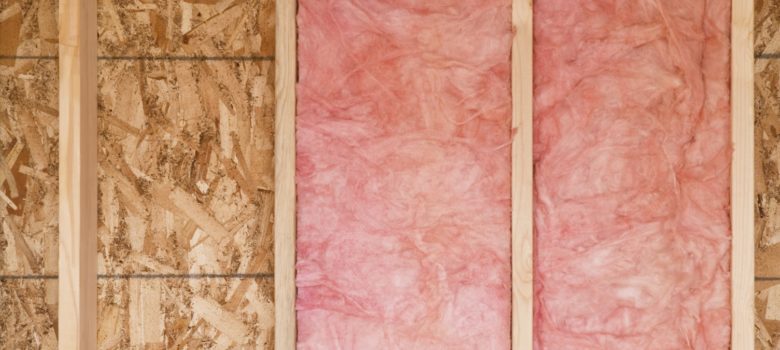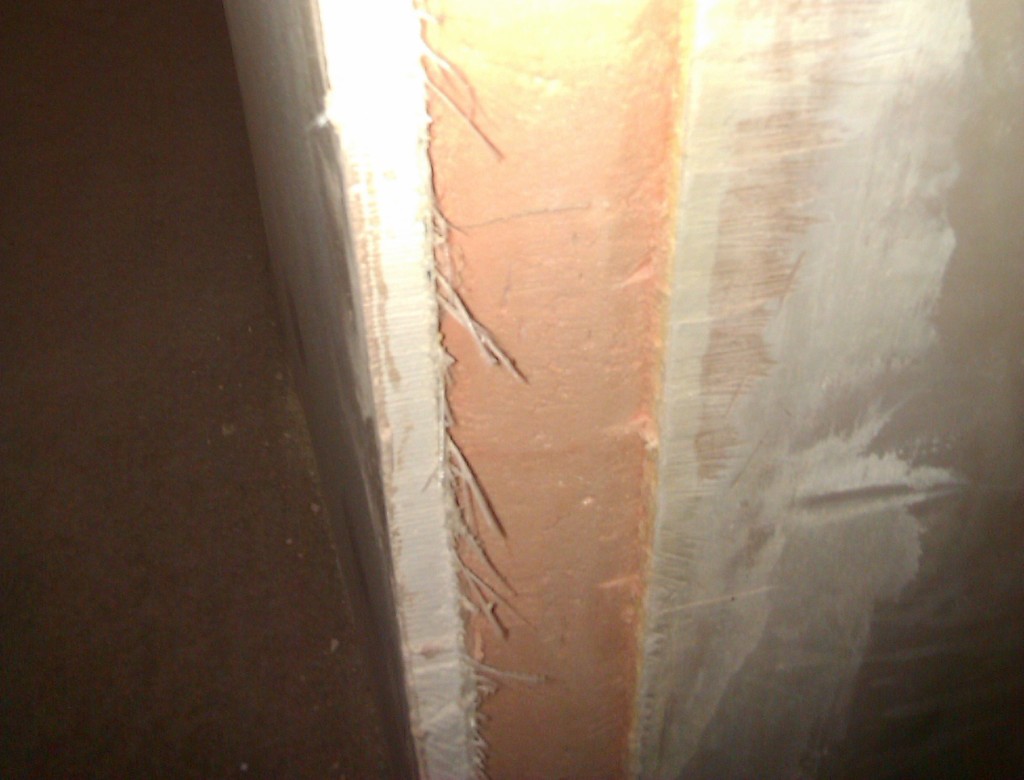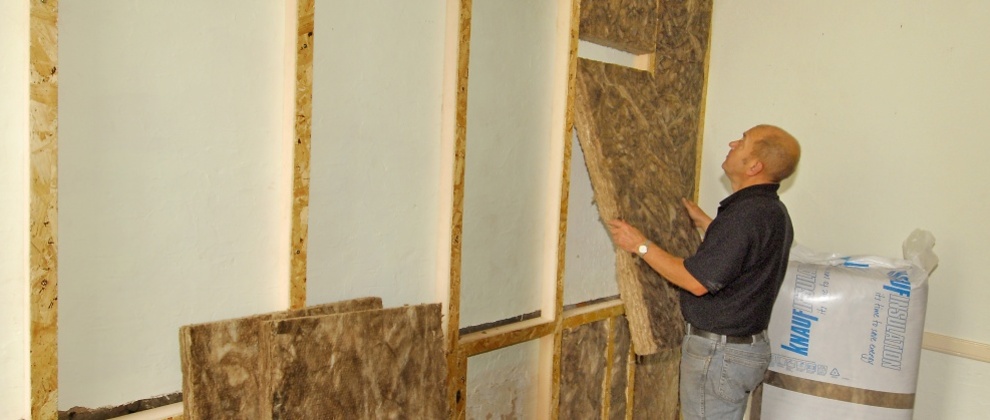
Why get internal wall insulation?
Internal wall insulation is a great option in solid wall properties where external insulation is not practical or permissible; for example in listed buildings, conservation areas, where you wish to preserve the look of the building, where access restricts external work, or in flats.
How does internal insulation work?
There are a couple of methods to insulate a solid wall internally and all will decrease the floorspace of a room (as per the thickness of the insulation board or stud wall you use). We recommend getting a professional in to complete this type of work, and you do not undertake it as a DIY job unless you are very experienced.
An alternative to conventional internal wall insulation is using insulating wallpaper such as Wallrock Thermal Liner, which at only 4mm gives you some of the benefits of internal solid wall insulation, but has a far smaller impact on the size of your room. It doesn’t have the same insulating properties as proper internal wall insulation, but it is a much cheaper option.
Internal insulation and damp
Unfortunately, internal insulation will not be particularly effective against damp, when compared to external insulation. We recommend that any damp issues be dealt with before insulation is installed. All internal insulation should be installed with a vapour membrane.
Insulating directly to the wall
Fixing the insulation directly to the wall is ideal if floorspace is at a premium, but must only be done where there are no damp issues whatsoever, and the existing plaster is smooth and even. This approach is the most straightforward, as the plasterboard with insulation is attached to the wall using screws or adhesive. This approach requires a solid form of insulation such as Celotex or Kingspan, rather than wool type insulation. The table below shows the various U-values for different types of insulation.
| Insulation material | Thickness of insulation | |||
| 50mm | 100mm | 125mm | 150mm | |
| Expanded polystyrene | 0.55 | 0.33 | 0.28 | 0.24 |
| Polyurethane / Phenolic foam / Polyisocyanurate | 0.65 | 0.39 | 0.33 | 0.28 |
| Foamed glass (with plaster finish) | 0.57 | 0.33 | 0.28 | 0.24 |
Insulating between battensSource: Energy Saving Trust
In this internal solid wall insulation method, timber battens are fitted between the wall and the plasterboard, with insulation between. This provides an optimum thickness of insulation and allows either rigid board insulation or wool type insulation to be fitted, making it a versatile and efficient way to insulate the wall.
| Insulation material | Thickness of insulation | |||
| 50mm | 100mm | 125mm | 150mm | |
| Mineral wool1 | 0.55 | 0.39 | 0.33 | 0.28 |
| Polyurethane / Phenolic foam / Polyisocyanurate2 | 0.65 | 0.39 | 0.33 | 0.28 |
* Values assuming construction: 215mm existing solid brickwork with plaster finish (U = 2.1W/m2K)
1 Source: EST; 2 Source: Celotex
Source: Energy Saving Trust
Stud wall with insulation
This form of internal solid wall insulation is generally recommended for properties with uneven internal walls and those with damp issues. It also uses up the most internal floor space compared with the other options. This is because it leaves a gap of around 30mm between the outer wall and a stud wall, to which the insulation is attached. Timber stud can use many types of insulation with sheep wool, rock wool, Celotex or Kingspan fixed to the back of the plasterboard.
Reducing thermal bridging
It is really important that the installer avoids thermal bridging. With so much wood used in the installation, it is easy for this to form cold bridges, which allows the heat to dissipate from the room through the poorly insulated supporting frame. A good installer will avoid this by taking particular care around the door and window reveals, as well as the windowsill.
Cost and financing internal wall insulation
As a general rule, internal wall insulation will cost around £70-100 per metre, depending on the material you use.
Currently, internal wall insulation is being offered as part of the Green Homes Grant which last until March 2022. This grant covers up to £10,000 of the full cost, so it is worth looking in to!
Think we missed something? Do you have a different opinion?
Comment below to get your voice heard…














Can you bring this information up to date in relation to funding available? Thanks
Such a helping article! Keep on posting!